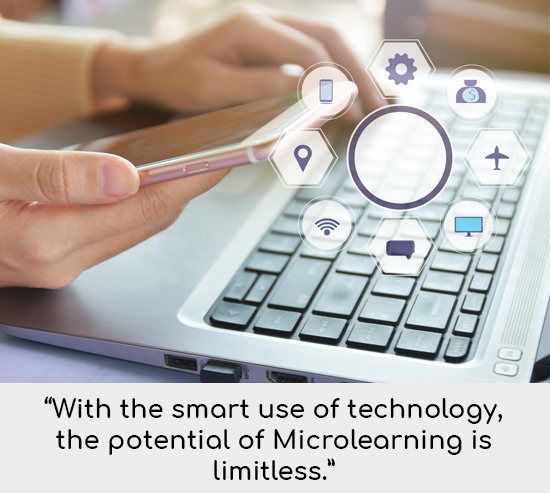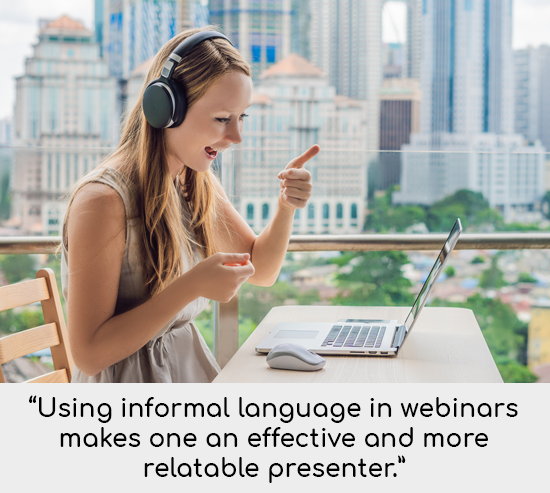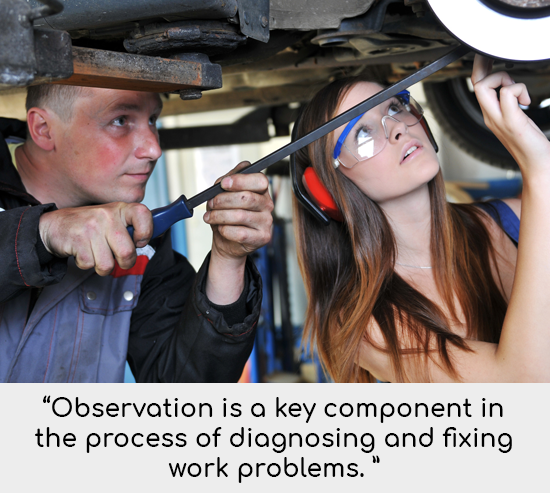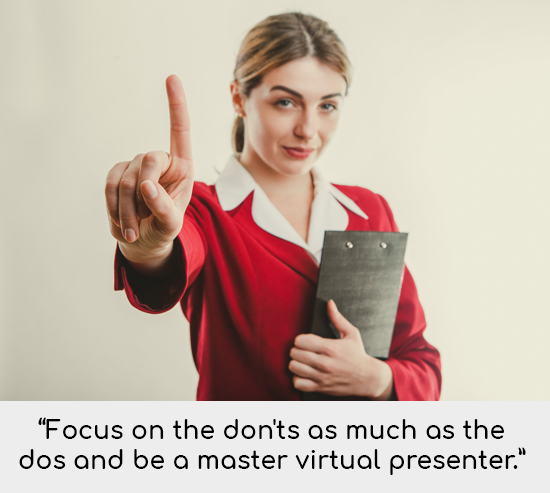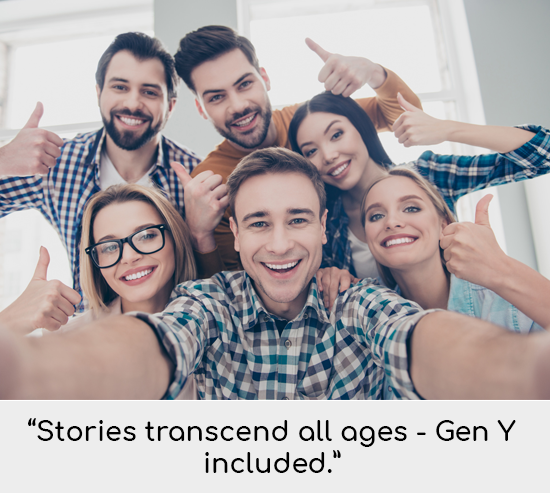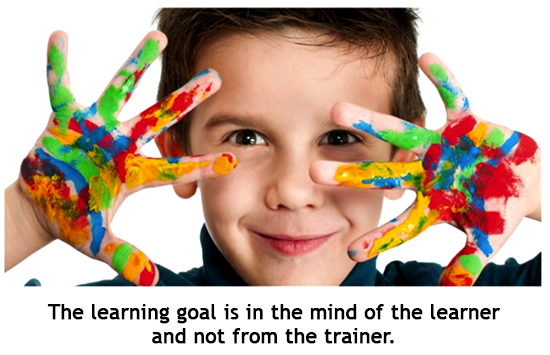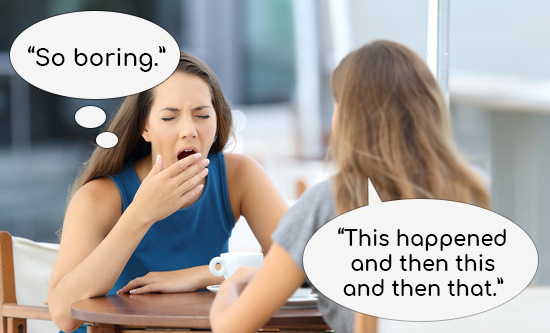“The only thing that has remained constant is change.” In a time where there seems to be no end to technological advances, surviving it means to adapt. So how can this be applied in microlearning? Millenials or Gen Z may…
Author: Ray Jimenez, PhD
Importance of Collaboration in the Workplace – Tip #215
In a recent article by Josh Bersin, he acknowledged that we are indeed living in a skills-based community in which people, especially workers, want to learn everything quickly. The volume of online content is huge, and companies are spending more…
Why Keeping Your Language Casual Works in Webinars – Tip 214
The 2018 State of Attention [Infographic] by Pezi, shows that 95% of business professionals say they multitask during meetings. Over 4 in 5 business professionals shifted their focus away from the speaker in the most recent presentation they watched. Presentations…
Enhancing Observational Skills Is Crucial in Workflow Learning – Tip #213
How many times have we seen workers in situations where they focus too much on following the process we trained them on, instead of using the power of observation and critical thinking? The Broken Screw Story A technician, who was…
AI Bots Gaining Ground- What Does It Mean for Us As Virtual Trainers? – Tip #212
Last year, China’s Xin Hua news agency introduced Qui Hao, the world’s first AI male news anchor. Just three months after, they unveiled Xin Xiaomeng, the world’s first AI female news presenter. While critics were quick to say that those…
5 Big Don’ts for Successful Webinar Presentations – Tip #211
Over the years, I have done a lot of seminars, workshops, and talks – both virtually and in-person. The main challenge in virtual presentations is that your audience can’t see you and vice versa. It can be tricky to capture…
7 Reasons Stories Work for the Modern Learner – Tip #210
Storytelling has been a very effective learning tool since time immemorial. But even with the changing learning landscape, big shifts in work environments and tech disruption, why do stories in eLearning designs still work? Simple. Everybody is a sucker for…
Step Up Your eLearning Game – Go for Hyper-Stories – Tip #209
Can you think of the most recent viral video or story you have seen and shared? What about it caught your attention? Let me guess. It probably made you laugh out loud, or tugged at your heartstrings, or got you…
STOP, THINK, FOCUS: 4 Ways to Design Time-Saving Lessons – Tip #208
Who hasn’t been stuck in debilitating traffic or spent hours waiting in line? Have you ever taken a very long training course and wished you were someplace else? So much precious time wasted when you could’ve spent it doing other…
Story-Based Design Models That Bridge the Gap Between Learners and Content – Tip #207
In one of my previous blogs, I shared with you my insights on how technology has changed the way stories are told and how we can actually use it to create stories that will help learners learn better. Gone were…
Steps in Creating Content That Helps Learners Achieve Their Goals – Tip #206
Here’s an initial question to you. How do participants learn in a situation? Let’s find out by comparing certain examples. THE CASE OF ECONOMICS I like this video simply because it is a “shining” example of how you can bore…
Gaining Superior Motivation Skills for Webinar and Virtual Delivery – Tip #205
Many of you are well aware that I run a workshop titled The Masterful Virtual Trainer Workshop. A number of the things I will be sharing today will be drawn from it. Let me start with this question for you…
Technical eLearning Made Easy – Tip #204
Technical training appeals to me a great deal because of the way training is designed around technical and factual information and the ability to get returns from whatever investment has been made. The challenge presented by these trainings, has always…
A Dash of Exaggeration Makes Story-Based Lessons More Captivating – Tip #203
Two coworkers met during break time and shared the interesting things that happened to them so far. One worked through his story in a linear fashion, i.e., from point A to point B. The other started with, “You won’t believe…
Microlearning That Kicks Learners Into Thinking and Acting – Tip #202
Remember that science experiment where you use a magnifying glass to burn or ignite a piece of paper or dried leaf? Microlearning is (or should be) like that. Etching Lessons Through Glass and Sun This magnifying glass experiment is perhaps…

